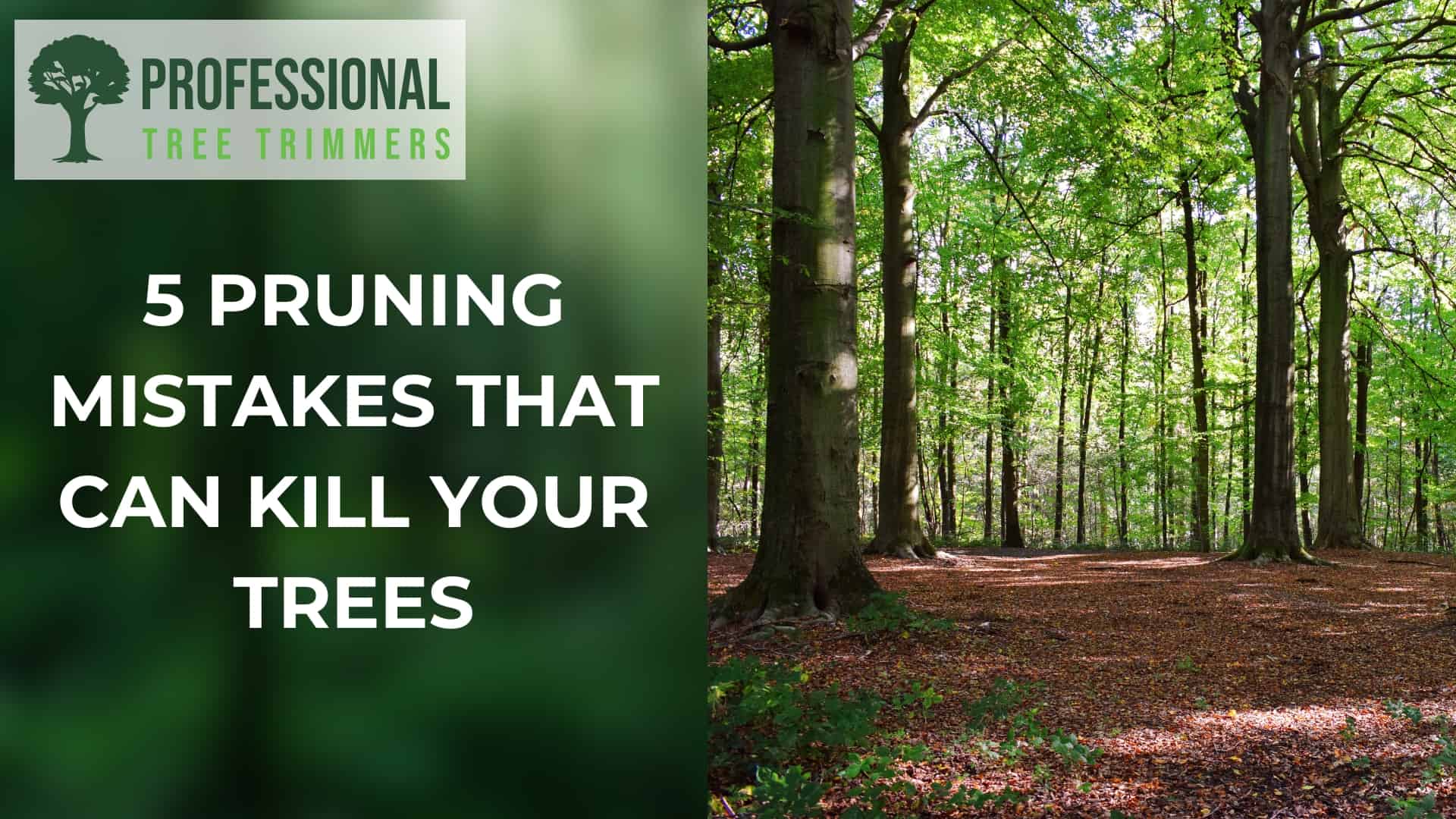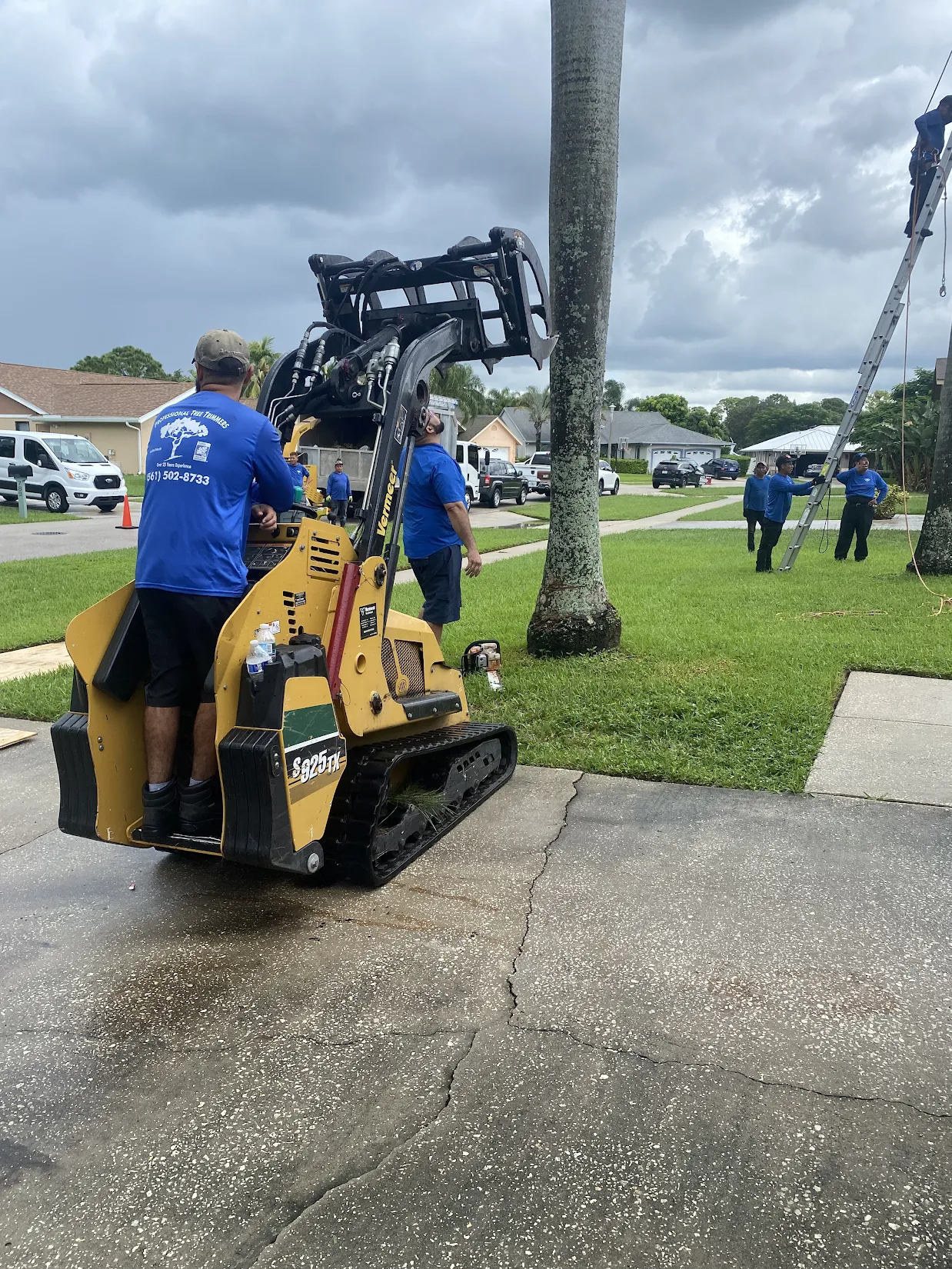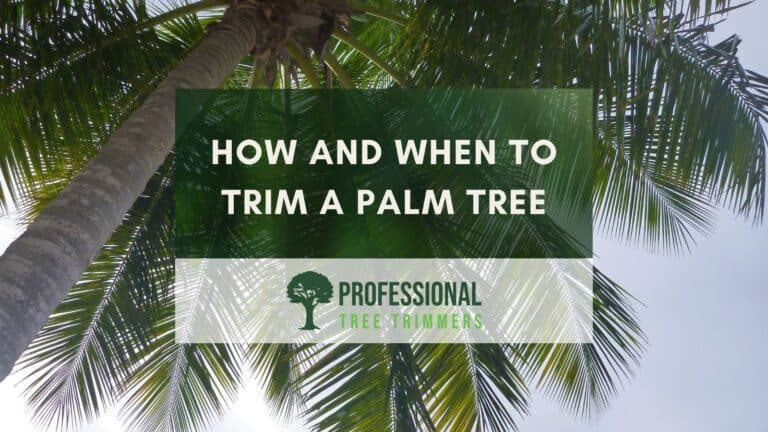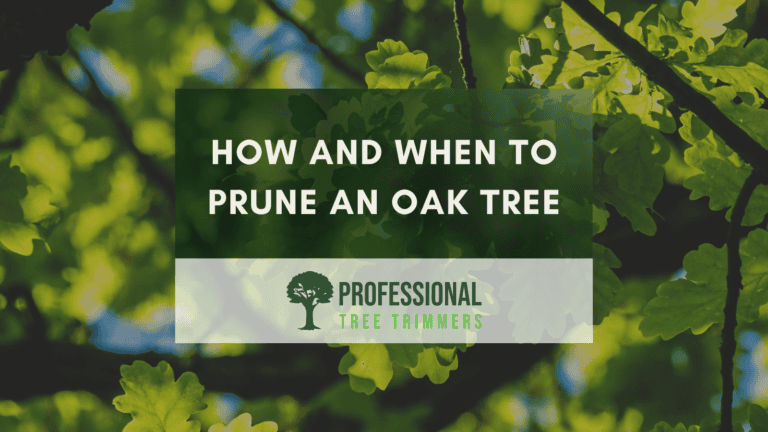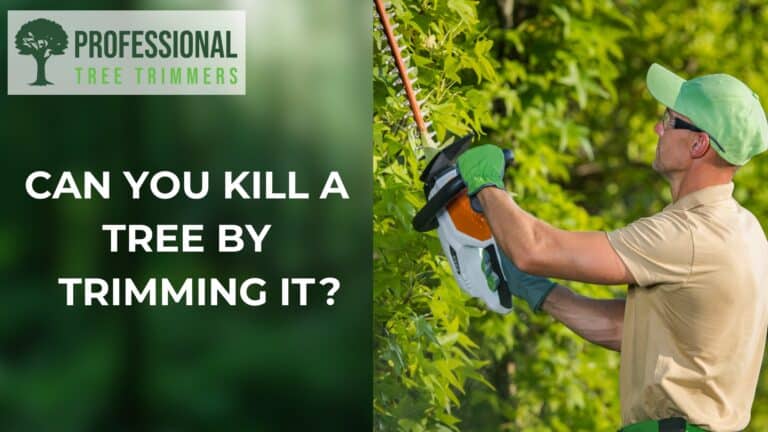Pruning mistakes can have significant consequences on the health and appearance of your trees. When not executed properly, pruning can lead to structural weaknesses, disease susceptibility, and diminished aesthetics. Understanding common pruning mistakes is crucial for maintaining the vitality and longevity of your trees.
Pruning mistakes encompass a range of errors made during the trimming process, such as improper cuts, excessive removal of foliage, and neglecting to consider tree biology. These mistakes can compromise the tree’s structural integrity and impede its ability to thrive.
Recognizing and rectifying pruning mistakes can lead to numerous benefits, including improved tree structure, enhanced resistance to pests and diseases, and prolonged tree lifespan. Proper pruning practices also contribute to the overall aesthetics and value of the landscape.
5 Tree-Killing Pruning Mistakes to Avoid
Certain pruning mistakes can harm trees, jeopardizing their health and lifespan. Here are the top 5 pruning errors that can endanger and potentially lead to the death of your trees.
1. Over Pruning
One of the most common pruning mistakes is over-pruning. Over-pruning removes excessive growth and foliage, not only hindering the tree’s ability to perform photosynthesis but also making the tree more vulnerable to pests, disease, and misshaping.
Tree pruning, when done improperly through excessive heading cuts, decreases the tree’s photosynthetic capacity, affecting its ability to produce food and sustain itself. This drastic reduction in crown thickness can lead to a rapid growth of weak, excessive sprouts and sunscald, which damages the bark due to increased sun exposure.
Look for signs of stress or disease, like stunted growth or decay, to take the necessary action for tree recovery. Continuously monitor your trees and shrubs, as proper pruning is about balancing branch removal and maintaining overall tree health.
2. Bad Pruning Timing
Pruning trees at the wrong times, such as during the spring or summer when they are actively growing, can result in significant sap loss from pruning wounds. This sap loss weakens the trees and creates openings for pests and diseases to invade. Deciduous trees, which shed their leaves in autumn, should ideally be pruned during dormancy, from fall to late winter, just before their leaf buds swell and open.
Neglecting to adhere to proper pruning timing can hinder plant growth and leave trees susceptible to various health issues, ultimately compromising their overall health and vitality. Therefore, gardeners must understand the optimal timing for pruning to ensure the long-term health and well-being of their trees.
3. No Proper Pruning Cuts
Improper pruning cuts, such as flush cuts or stub cuts, can cause irreversible damage to trees by removing the branch collar and creating large wounds that hinder proper healing. When pruning branches, cuts should be made just outside the branch collar without leaving a stub. For large limbs, the recommended three-cut method involves an initial undercut, a top cut farther out, and a final cut to remove any remaining stub. This method ensures a clean cut and prevents bark damage.
When pruning near a bud, cuts should be made at a slight angle approximately 1/4 inch above the bud, aiming for the bud to face the outside of the plant to promote healthy new growth. But the details of proper pruning cuts don’t stop here. Let’s dive deeper into the specifics of avoiding flush cuts, the dangers of leaving stub cuts, and preventing excessive heading cuts.
Avoiding Flush Cuts that Harm Trees
A flush cut occurs when a branch is cut off flush with the bark of the tree trunk or larger branch. This removes the protective branch collar, creating wounds prone to decay. To prevent flush cuts and preserve the tree’s natural defenses, it is critical to identify the branch collar—a swelling or ridge on the trunk or larger branch—and ensure the pruning cut is made just outside of this area.
Flush cuts result in large wounds that inhibit proper wound compartmentalization and callus formation in mature trees. These large wounds lead to wounds that do not heal properly, making the tree more vulnerable to pests, diseases, and decay. By avoiding flush cuts, you can protect your tree from unnecessary damage and ensure it continues to flourish.
The Dangers of Leaving Stub Cuts
Stub cuts are another common pruning mistake that can detrimentally impact the health of your trees. Stub cuts happen when the pruning cut is made too far from the branch collar, causing a protruding or broken branch. This can lead to decay and insect infestation. Leaving too much of a dead branch on the tree, which will decay, is an immediate consequence of making a stub cut.
The decay from stub cuts can move backward toward the main branch or trunk, potentially affecting healthy parts of the tree. In mature trees, stub cuts can lead to decay that spreads to otherwise healthy areas, posing a significant threat to the tree’s overall health. By avoiding stub cuts, you can prevent unnecessary decay and ensure your tree’s longevity.
Preventing Excessive Heading Cuts
Excessive heading cuts are a pruning mistake, only use them when necessary and with a clear purpose. Consult a certified arborist for proper execution, and avoid leaving long stubs. Heading cuts can be beneficial for shaping young trees, but they should not be a regular part of pruning. Properly made cuts promote healthy growth and avoid cluttered branch structures.
Proper heading cuts are made just above the lateral branch or buds, with care taken not to leave excessively long stubs that can die back and harm the tree. Incorrectly made heading cuts can result in weak, unstructured new growth, leading to a cluttered branch structure that often requires corrective action, especially when dealing with flower buds on tree branches.
By preventing excessive heading cuts, you can maintain a well-structured, healthy tree.
4. Not Selecting Appropriate Pruning Equipment
Proper pruning requires the right cutting tools which are not dull. Pruning tools include:
- Shears
- Loppers
- Saws
- Chainsaws
Each tool is suited for specific tasks in avoiding damage and ensuring clean cuts. For instance, bypass pruners are used for small branches under a quarter inch in diameter while straight blade pruners are for precision fine work. Anvil and ratchet pruners deal with dead wood and better leverage, respectively, with the blunt jaw of shears to be placed against the to-be-discarded limb.
Pruning saws also come in a variety of types for different purposes:
- Curved blades for thick branch cutting
- Straight for decorative trees
- Folding for safe transport
- Fixed for durability
- Pole types for high branches without a ladder
By choosing the right tool for the job, you can ensure that your pruning job is not only effective but also safe for both you and the tree.
5. Ignoring Disease
It’s important to look for signs of disease or dieback and remove affected areas to prevent the spread of disease. Even if only a small area of the tree or shrub is affected, if it is left, it is likely to spread and may eventually kill the plant. Therefore, the first thing to do when pruning is to look for the ‘three Ds’: growth that is damaged, dead, or diseased, and remove it back to healthy wood.
It’s also crucial to disinfect and sharpen your tools after each use to ensure there is no risk of spreading the disease to other plants. By paying close attention to disease signs and taking necessary action, you can prevent further damage and keep your trees healthy.
Other Common Pruning Errors
Aside from the errors discussed, other common pruning mistakes can harm your trees. Some of these include:
- Severe pruning can trigger a stress response in mature trees, leading to dieback and a higher risk of structural failure.
- Heading cuts on large-diameter branches can cause significant decay.
- Drastic crown reductions can lead to weak sprout attachments.
- In severe cases, these mistakes can result in the death of the tree.
Incorrect pruning techniques such as topping, and excessive removal of foliage can result in a misshapen canopy, internal wood discoloration, and potential for decay. Practices like topping (the removal of large branches or the tree top) and lion-tailing (the excessive removal of interior branches) leave mature trees top-heavy, prone to wind damage, and susceptible to sunscald. By avoiding these common pruning errors, you can ensure your trees remain healthy and robust.
Can Improper Pruning Kill a Tree?
Improper pruning can indeed kill a tree. Incorrect pruning techniques, such as making all-around bad cuts like stub cuts or flush cuts, can prevent the tree from sealing off diseases properly, leading to decay and weakening of the tree.
What Are the Signs of Over-Pruning?
Below is a list of signs indicating over-pruning in plants, which can lead to various issues such as reduced landscape potential, increased vulnerability to branch breakage, and diminished food production capacity. These signs include sparse canopy coverage, sunburned branches or trunks, excessive sprouting, and more.
Signs of Over-Pruning:
- Sparse canopy coverage.
- Sunburned branches or trunks.
- Excessive sprouting.
- Increased vulnerability to branch breakage.
- Diminished food production capacity.
- Limited new growth.
- Risk of shock or overreaction in plants.
- Overly vigorous growth at the site of the cut.
- Excessive number of water sprouts.
- Ruined or greatly reduced landscape potential
What Are the Negative Effects of Excessive Pruning on A Tree?
Over-pruning your tree can cause excessive wounds that need to be healed, reduced food storage, increased interior sprouting, decreased tip growth, increased end weight on limbs, increased chances of sun injury, maintenance expenses, and increased chances of wind or ice damage.
Can Over-Pruning Harm My Trees?
Yes, over-pruning can harm your trees by hindering their ability to perform photosynthesis and making them more vulnerable to pests, disease, and misshaping. It is important to avoid excessive pruning for the health of your trees.
When Is the Best Time to Prune My Trees?
The best time to prune your trees depends on their blooming cycle. Prune early blooming trees after blooming, and late spring to early summer blooming trees in early spring.
How Long Does It Take for A Tree to Recover from Pruning?
Tree recovery time after pruning depends on factors like species, health, and environmental conditions. Some trees may regenerate quickly, while others might take months or years. Regeneration success hinges on the tree’s capacity to produce new shoots and resist diseases and pests.
Compartmentalization aids in recovery, and proper pruning techniques are crucial. Trees do not heal from pruning; they seal off wounds. Adequate care and proper application of tree wound sealers or paints can support recovery.
What safety precautions should I take when pruning plants?
When pruning plants, it’s essential to prioritize safety. Wear appropriate personal protective equipment, including safety glasses with side shields, a hard hat, gloves, a long-sleeved shirt, long pants, and steel-toed boots. Never prune trees or branches within 10 feet of power lines to avoid potential hazards. Additionally, ensure tools are in good condition, inspect the area, and undergo proper training before starting any pruning activities.
Why Is It Important to Consult a Professional when Pruning Mature Trees?
It’s crucial to consult a professional when pruning mature trees because improper pruning can negatively impact the tree’s health and aesthetics. Proper pruning enhances the beauty of landscape trees and shrubs, while incorrect techniques can ruin their appearance or even reduce their landscape potential. Professional arborists have the expertise to assess the specific needs of each tree, ensuring that pruning is done correctly to promote optimal growth and structural integrity.
